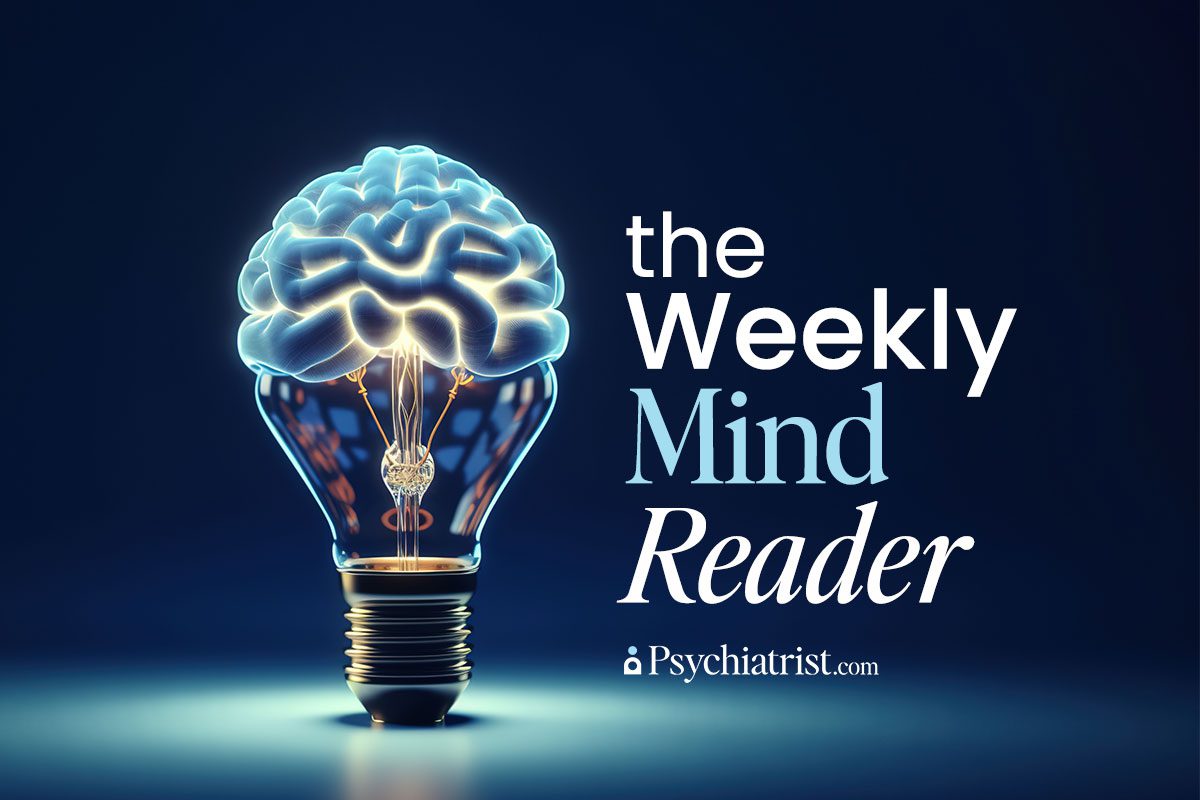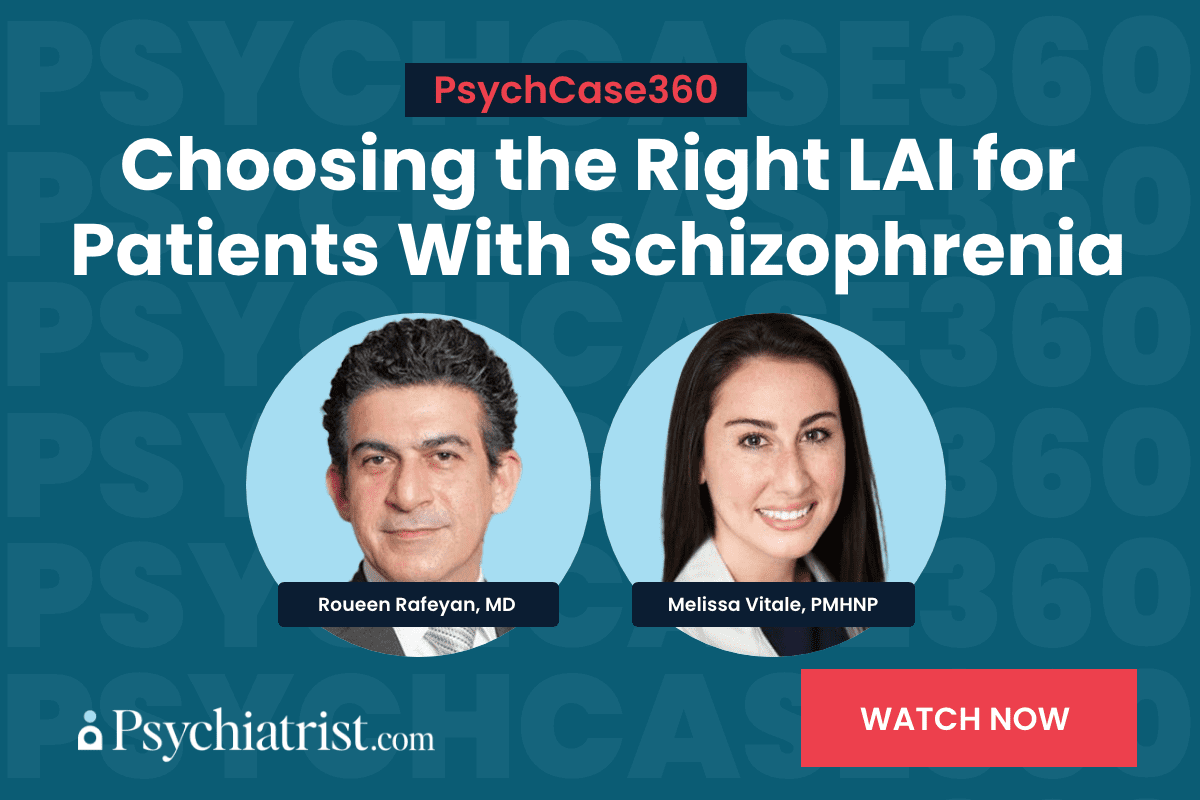Ever since an intrepid group of Danes identified tardive dyskinesia (TD) back in 1964, it’s endured as “an unrelenting concern for psychiatrists and a burden to patients, owing to its potentially irreversible nature.”
Consequently, researchers have worked tirelessly to document what the “Diagnostic and Statistical Manual of Mental Disorders” (DSM-5) describes as “involuntary athetoid or choreiform movements, generally involving the tongue, lower face and jaw, and extremities, associated with long-term use of dopamine receptor blocking agents.”
It can descend quickly into significant physical discomfort, social stigma, and reduced quality of life – all of which threatens treatment adherence.
TD risk spikes in relation to cumulative exposure to dopamine receptor blockade. Even so, prevalence varies wildly based on the established research – from as low as 3.9 percent to as high as 25 percent.
Clinical guidelines advise prescribing the lowest effective dose of antipsychotics to reduce the risk of TD. Multiple studies have backed this up – reinforcing the evidence that higher doses drive up the likelihood of developing TD. That being said, much of this research predates the introduction of newer antipsychotic drugs.
And that’s why researchers in Japan decided to examine a decade’s worth of the country’s medical claims data in search of a link between higher antipsychotic doses and the risk of TD. What they uncovered suggests that – even at lower levels – the risk of developing TD increases based on the dose.
Methodology
The researchers pored over data from 58,452 bipolar, depression, and schizophrenia patients 15 or older. They’d all been prescribed antipsychotics.
Leveraging a case-control design, the scientists discovered 80 newly diagnosed TD cases and matched them to a control group at a 1:10 ratio. From there, the team wanted to find out whether – and how much – antipsychotic dosage influenced TD development.
Their analysis, appearing in the Journal of Clinical Psychopharmacology, revealed that among those on a median daily antipsychotic dose of 75 mg in chlorpromazine equivalents (CPZE) faced an elevated TD risk.
Additional Findings
Despite a nationwide trend toward lower-dose prescriptions in Japan, the researchers confirmed that TD concerns persist – among caregivers and patients alike. The risk for patients taking more than 75 mg/d CPZE appeared to be consistently at higher risk across all measurement points.
Notably, those prescribed 300 mg/d or more faced the greatest risk. It’s a compelling argument for a more cautious dosing approach.
In the control group, at least half of the patients maintained their original dosage. Those in the case group, on the other hand, received a gradual increase in prescribed doses. By the time of TD diagnosis, the average maximum dose in the case group had doubled from its initial level.
Although some patients experienced dose reductions after reaching their peak prescription, their overall dosage remained higher than that of anyone in the control group, hinting at obstacles to managing the primary psychiatric condition.
Additionally, doctors were more likely to prescribe multiple antipsychotic medications at maximum dosage to patients in the case group. Most control patients, however, returned to monotherapy after the initial adjustments. This suggests that the number of prescriptions might influence overall dosage levels and, as a result, TD risk.
Tardive Dyskinesia Management Challenges
The existing Japanese and U.S. treatment guidelines favor reducing, discontinuing, or switching antipsychotics once TD symptoms crop up. But there’s limited evidence that simply scaling back the dosage curbs symptoms effectively.
Some studies indicate that lowering doses might expose hidden dyskinesia or spawn withdrawal-related movement disorders. In this study, TD symptoms lingered in 44 percent of patients after their caregivers cut their dosage from its highest level. That could imply dose reduction alone might not be sufficient.
Implications and Future Directions
This paper reinforces just how crucial it is to carefully manage dosage during antipsychotic treatment. While lower doses are generally preferred, some patients might still need higher amounts to control their psychiatric symptoms. Physicians must weigh the benefits of symptom control against the increased risk of TD, particularly when the dosage creeps past 75 mg/d CPZE.
The authors argue that more research can help inform future TD management strategies.
The study’s not without its limitations. The authors relied on a database that included (for the most part) employed individuals and their families, potentially overlooking critically ill patients who require higher doses.
Additionally, a lack of data on older adults (along with the reliance on ICD-10 diagnostic criteria) might undercount TD prevalence. The researchers also didn’t measure prescription compliance.
Overall, the study results back up the long-held concern that antipsychotic doses play a meaningful role in TD risk. What these findings emphasize is an urgent need for vigilant surveillance and tailored treatment plans to balance efficacy and safety in psychiatric care.
Further Reading
Tardive Dyskinesia: Etiology, Prevention, and Management
How Tardive Dyskinesia Impacts Patients Using Antipsychotics



